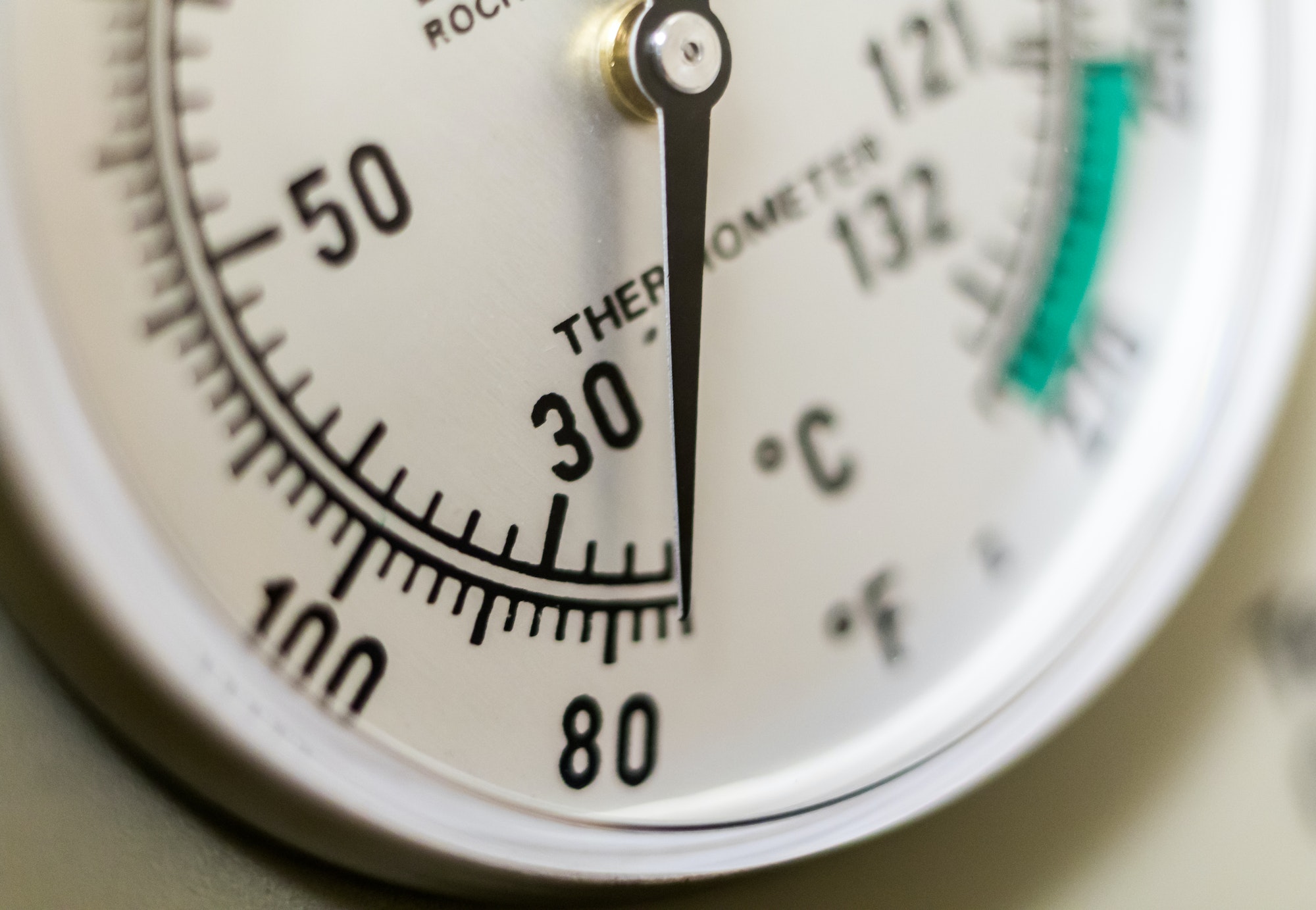Algae, as a potential source of renewable energy and high-value bioproducts, have garnered significant attention in recent years. Photobioreactors (PBRs) are essential tools for the cultivation of microalgae, as they provide a controlled environment that allows for optimal growth and productivity. A PBR is an enclosed system that exposes microalgae to light and nutrients to promote photosynthesis and growth. Temperature control is a crucial parameter in the operation of PBRs, as it directly affects algae growth rates and biomass production. In this article, we will discuss the importance of temperature control in PBRs and the key components that contribute to optimal algae growth.
Temperature plays a vital role in the metabolic processes of algae, including photosynthesis, respiration, and nutrient uptake. It can also influence cell division rates, membrane fluidity, and enzyme activity. Therefore, maintaining optimal temperature conditions within a PBR is critical for maximizing algae growth and productivity.
Different algal species have distinct temperature preferences for optimal growth. For example, some species thrive at temperatures between 20-30°C, while others prefer higher temperatures above 35°C. Therefore, it is essential to select the appropriate algal strain based on the environmental conditions and desired product yield.
Temperature control in PBRs can be achieved through various methods such as active or passive cooling systems. Active cooling systems utilize external devices like heat exchangers or cooling coils to regulate the temperature within the PBR. Passive cooling methods involve designing the PBR with materials that allow for natural heat dissipation or utilizing shading structures to reduce direct sunlight exposure.
Apart from temperature control, several other factors contribute to optimal algae growth in PBRs. These include:
- Light: Algae require light for photosynthesis, which is essential for their growth and biomass production. The intensity, duration, and quality of light significantly impact algal productivity. Artificial lighting sources like LEDs, fluorescent lamps, or natural sunlight can be employed in PBRs to provide the required light conditions. The use of light-emitting diodes (LEDs) is becoming increasingly popular due to their energy efficiency, long lifespan, and ability to produce specific wavelengths of light that are optimal for algal growth.
- Mixing: Proper mixing within PBRs is essential to ensure uniform distribution of nutrients, gases, and light for optimal growth. Mixing can be achieved through various means such as air sparging, mechanical stirring, or water recirculation. It is crucial to balance the mixing intensity to avoid high shear forces that can damage algal cells while maintaining sufficient mixing for nutrient and gas exchange.
- Nutrient supply: Algae require essential macronutrients like nitrogen and phosphorus and micronutrients like iron, manganese, and zinc for growth. These nutrients must be supplied in appropriate concentrations and ratios in the PBRs. The use of wastewater or other nutrient-rich sources can be an effective strategy to provide nutrients while addressing environmental concerns.
- Gas exchange: Photosynthesis and respiration processes in algae generate oxygen and carbon dioxide, respectively. Efficient gas exchange mechanisms are required to maintain optimal levels of these gases within the PBRs. This can be achieved through sparging air or carbon dioxide-enriched gas mixtures into the PBRs or via surface exchange by maintaining a large surface-to-volume ratio.
- pH control: Algae exhibit optimal growth rates within specific pH ranges, which vary among species. Maintaining ideal pH conditions is critical for achieving maximum productivity in PBRs. This can be achieved by controlling the carbon dioxide supply rate or utilizing pH buffers.
In conclusion, temperature control is a vital parameter for achieving optimal algae growth in photobioreactors. Along with other factors like light availability, mixing, nutrient supply, gas exchange, and pH control, maintaining appropriate temperature conditions is crucial for maximizing algal productivity and biomass production. Understanding these key components and their interplay will enable the development of more efficient and sustainable PBR systems for algae cultivation.

